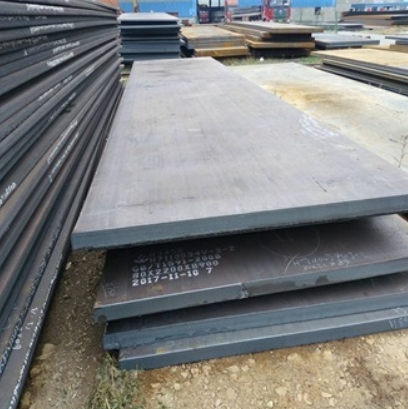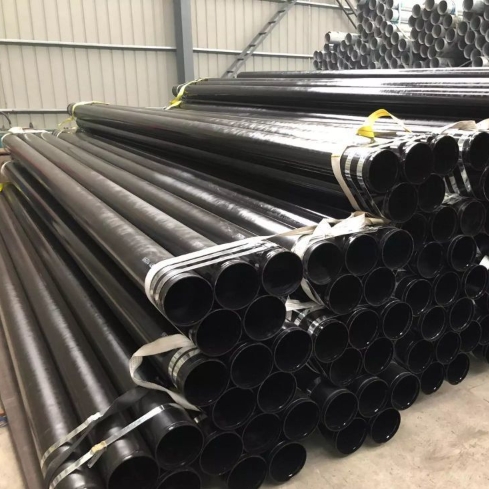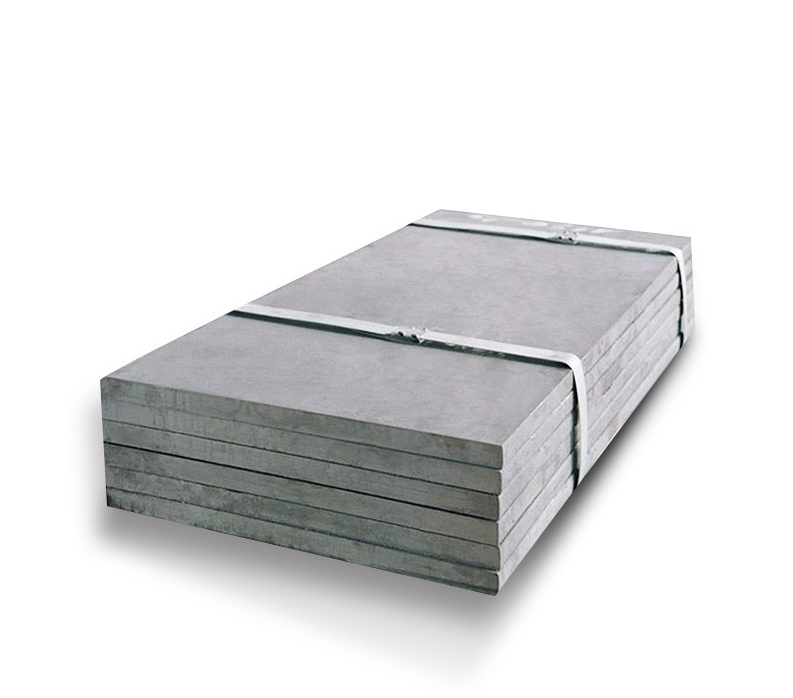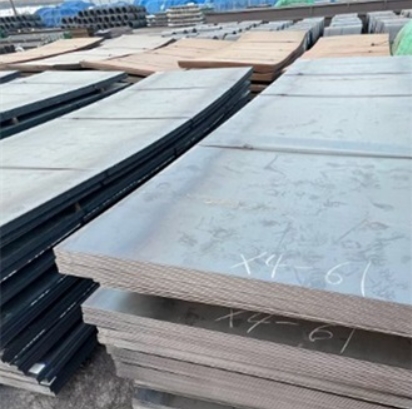High carbon steel, a subset of carbon steel, plays a pivotal role in numerous industries due to its strength, durability, and versatility. This type of steel, known for its high carbon content, ranges from 0.6% to 1.4% carbon by weight. While its strength makes it ideal for heavy-duty applications, it also introduces certain challenges, such as brittleness and susceptibility to corrosion. In this article, we will explore the key characteristics of high carbon steel, its applications, advantages, and disadvantages, and provide a detailed comparison of various grades. Additionally, we will discuss its impact on modern industries and how to address its limitations through advancements in steel technology.
1. Introduction to High Carbon Steel
High carbon steel is characterized by its increased carbon content compared to low and medium carbon steels. The presence of carbon plays a crucial role in determining the material’s properties. Steel with a higher carbon percentage offers better strength and hardness, but it is more difficult to weld and shape due to its brittleness. As the carbon content rises, the steel’s hardness and wear resistance improve, but at the expense of ductility. This makes high carbon steel highly suited for specific applications where strength is paramount.
2. Composition of High Carbon Steel
The composition of high carbon steel is critical to understanding its properties. It typically contains:
-
Carbon (0.6% – 1.4%): The key element that enhances hardness and strength.
-
Iron: The primary component in steel, providing structural integrity.
-
Manganese: Acts as a deoxidizer and improves strength.
-
Silicon: Provides resistance to oxidation and strengthens the steel.
-
Trace Elements (like sulfur and phosphorus): These can impact the steel’s overall performance and quality.
3. Grades of High Carbon Steel
High carbon steel is available in various grades, each suited for specific applications. The most common grades are:
| Grade | Carbon Content | Typical Use | Properties |
|---|---|---|---|
| AISI 1095 | 0.95% | Used in springs, knives, and cutting tools | Excellent hardness and wear resistance |
| AISI 1080 | 0.80% | Axles, shafts, and high-stress applications | High strength, moderate flexibility |
| AISI 1070 | 0.70% | Automotive components and construction tools | Great hardness, tough but brittle |
| AISI 1060 | 0.60% | Carbon brushes, knives, and tools | Balanced strength, tough but susceptible to corrosion |
These grades vary in carbon content, which affects their mechanical properties such as tensile strength, hardness, and ductility.
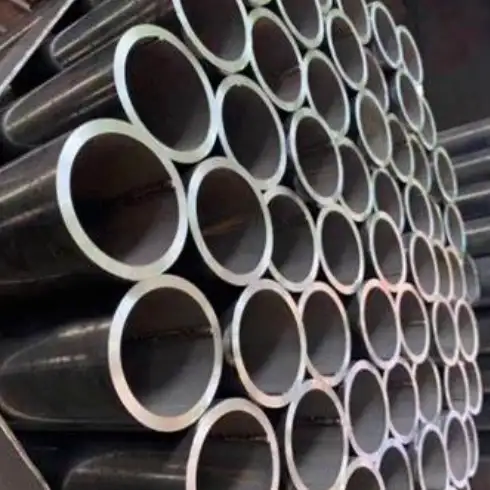
4. Advantages of High Carbon Steel
High carbon steel offers several advantages:
-
Strength and Durability: High carbon steel is known for its excellent strength-to-weight ratio. It can withstand significant mechanical stress and is ideal for manufacturing components that require high wear resistance.
-
Wear Resistance: Its hardness makes it resistant to wear and abrasion, making it ideal for tools and machinery components that undergo heavy use.
-
Heat Treatment Flexibility: High carbon steel can be heat-treated to further enhance its mechanical properties, making it adaptable to various industrial requirements.
5. Disadvantages of High Carbon Steel
However, high carbon steel does have its drawbacks:
-
Brittleness: As the carbon content increases, the material becomes more brittle, reducing its ability to absorb impact without cracking or breaking.
-
Difficult to Weld: The high carbon content makes welding difficult, as the steel is prone to cracking in the heat-affected zone.
-
Corrosion: High carbon steel is more susceptible to corrosion than low carbon steel, necessitating protective coatings or regular maintenance in some applications.
6. Applications of High Carbon Steel
High carbon steel is used extensively in a variety of applications:
-
Tools and Cutting Instruments: Its hardness makes it ideal for manufacturing tools like knives, drills, and saw blades.
-
Automotive Industry: Parts such as gears, axles, and crankshafts benefit from the material’s strength and wear resistance.
-
Construction: In the form of rods and wires, high carbon steel is often used in reinforcement bars in concrete structures due to its ability to withstand tensile stress.
7. Case Study: High Carbon Steel in Automotive Manufacturing
In the automotive industry, high carbon steel is used in the production of components such as axles and transmission gears. These parts require high strength and wear resistance to ensure the vehicle’s durability. A case study by a leading automobile manufacturer demonstrated that using high carbon steel in these applications increased the lifespan of the vehicle’s drivetrain components by 30%, reducing maintenance costs and improving overall performance.
8. High Carbon Steel vs Other Types of Steel
The key differences between high carbon steel and other types of steel (such as low and medium carbon steels) lie in their carbon content, mechanical properties, and ideal applications. The following table compares the key properties of different carbon steels:
| Property | Low Carbon Steel (0.05%-0.30%) | Medium Carbon Steel (0.30%-0.60%) | High Carbon Steel (0.60%-1.4%) |
|---|---|---|---|
| Hardness | Low | Moderate | High |
| Ductility | High | Moderate | Low |
| Strength | Moderate | High | Very High |
| Weldability | Excellent | Moderate | Poor |
| Applications | Construction, automotive | Gears, shafts, axles | Tools, cutting blades, springs |
9. The Future of High Carbon Steel
Looking ahead, the demand for high carbon steel is expected to grow, driven by its critical applications in industries like aerospace, automotive, and construction. However, advancements in metallurgy are likely to result in the development of more corrosion-resistant and flexible variants, making high carbon steel even more versatile and useful.
10. Frequently Asked Questions (FAQs)
-
What is the primary use of high carbon steel?
High carbon steel is primarily used for applications requiring high strength and wear resistance, such as in tools, automotive parts, and construction. -
Can high carbon steel be welded?
While welding is possible, it is difficult and requires special care due to its brittleness and high carbon content. -
What are the typical applications for high carbon steel in the automotive industry?
In the automotive industry, high carbon steel is used in components such as axles, gears, and crankshafts, where strength and durability are essential. -
How does high carbon steel compare to low carbon steel?
High carbon steel has a higher tensile strength and hardness but is less ductile and more prone to corrosion compared to low carbon steel. -
Is high carbon steel corrosion-resistant?
High carbon steel is more susceptible to corrosion compared to other types of steel, requiring protective coatings or regular maintenance.





